To counter anti-Asian hate, the Rochester professor has harnessed her love of a traditional art form combined with a digital sensibility.
On March 16, 2021, an Atlanta spa shooting left eight people dead, including six people of Asian descent—that’s when Mizin Shin shifted her focus.
“As an Asian living in the United States, I think it was the first time I had a fear living here and going outside,” says Shin, an assistant professor in the Department of Art and Art History at the University of Rochester.
Born and raised in South Korea, she came to the United States in 2015 to obtain her master of fine arts from the State University of New York at Buffalo. She knew she would always become a teacher, but in the art of printmaking, she found her joy.
Before moving to Rochester in 2019, she cofounded the independent printmaking studio Mirabo Press and served as an adjunct professor at SUNY Buffalo.
An internationally renowned artist, Shin’s work is a statement on the interdependence of society’s constructed systems, including manufacturing, production, and consumption. Her installations are powerful conversation-starters that ask viewers to examine all facets—big and small, economic and societal—of these systems. “I respect so many things, and I appreciate the small things that are not really little,” she says.
Art working against hate
According to the nonprofit group Stop AAPI Hate, nearly 11,000 hate incidents targeting Asian Americans and Pacific Islanders were reported between March 19, 2020, and December 31, 2021. Following the Atlanta shooting, a weight of fear took a heavy toll on Shin. A fear compounded by not being able to travel and see her family in Korea during the pandemic.
“It made me cry every time I watched the news about an attack on an Asian,” says Shin. Channeling her desire to act and a need to connect with others, she produced a handful of screenprints with the message: “Use Your Voice #StopAsianHate.”
That message resonated—with friends and allies spreading the message and asking to buy the prints. A campaign was born.
Supporters can either make a direct donation to organizations supporting Asian Americans and Pacific Islanders in the United States, and then Shin sends them a print, or they could buy the print directly from Shin, who makes a donation to the organizations.
“There are people doing good in the world, and I hope people know that,” says Shin.
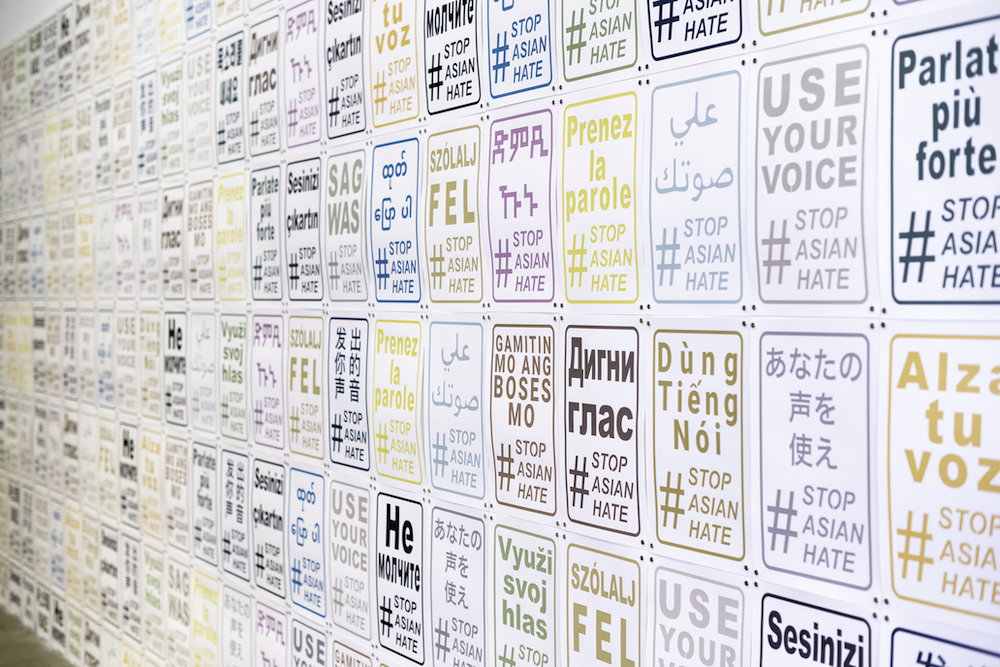
Since its inception last year, the campaign has raised more than $3,000 and sent to organizations like Stop Asian American Pacific Islander Hate, Advancing Justice Asian Law Caucus, and Asian American Leadership Delegation.
Thanks to the help of volunteer translators, the prints are now available in about 20 languages, including Arabic, Chinese, Burmese, English, German, Italian, and Spanish.
In late winter of this year, the Rochester Contemporary Art Center presented an exhibition, A Change Is Coming, which featured Shin’s Use Your Voice #StopAsianHate print campaign, complementing other contemporary artists who use their print-based work to respond to concerns about equity and sustainability. In addition, the gallery organized printmaking workshops, during which Shin encouraged attendees to post their freshly made screen prints throughout their neighborhoods and communities.
Printmaking as enjoyable and ‘contemporary’
Shin’s printmaking goes back to her high school days in Korea, and she wants to share her love for the art form with the world by revealing the process in a “fun and contemporary way.”
“Many think it’s very old-fashioned or requires a lot of special equipment, which is true. But I wanted to introduce it so people won’t be afraid of the medium,” Shin says.
In addition to the Use Your Voice #StopAsianHate screen prints, Shin makes versions with a technique called blind embossing, which involves using laser-cut custom acrylic sheets and pressing paper into the frame to create an ink-free design.
Considered the “contemporary art” of the European Renaissance, printmaking throughout the 16th century was at the height of its impact. Shin explains that in the traditional method of printmaking called intaglio, a design is engraved onto a plate made of copper or zinc or other material, and then an acid is applied to make the image. But working with the substance requires a special tank. Fortunately, there is a laser cutter at the Sage Art Center—the hub of the University’s undergraduate studio art program—which can be used to engrave the acrylic sheets that act as plates. “Acrylic is also more economical,” says Shin.
And these days, her students can create drawings and patterns for their stencils digitally, which makes it simple to drop those files into the laser cutter.
A master of her craft, Shin produced a video showing 16th-century printmaking techniques, including etching, woodcut, and the engraving process, giving additional context to the Memorial Art Gallery’s recent exhibition Renaissance Impressions: Sixteenth-Century Master Prints from the Kirk Edward Long Collection.
Art leads to engagement with students
It’s important to Shin that her students flourish. “I work with professional artists, museums, and galleries, so I can share what I experience outside of the academic field,” she says.
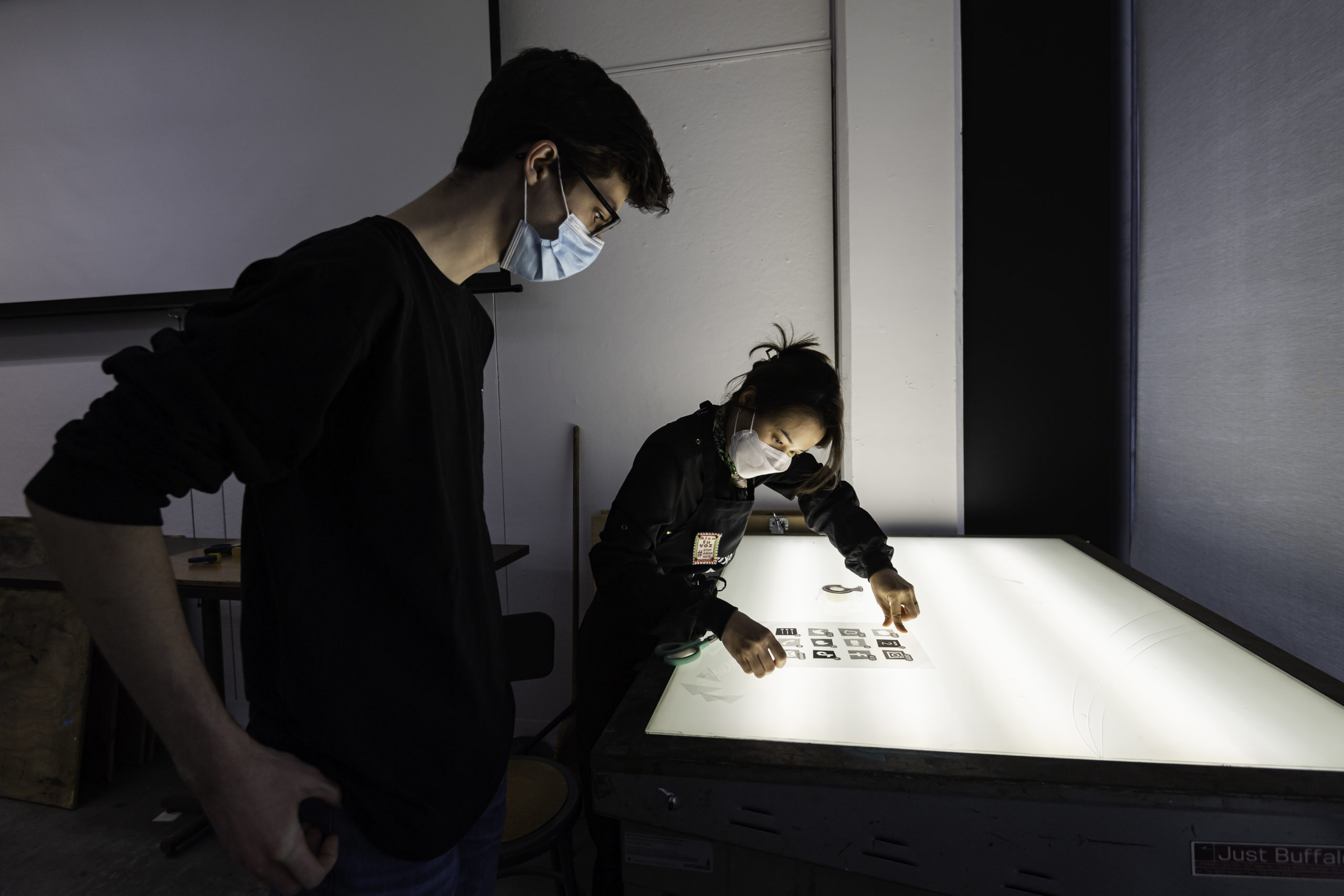
“Mizin is a demanding teacher,” says Allen Topolski, chair of the Department of Art and Art History. “She presses students into professionalism while simultaneously making the classroom atmosphere conducive to engaged learning and creative thought—not easy to do in an art studio,” he says.
“A comfortable atmosphere is essential for creativity, but it can easily slip into a lackadaisical mess,” adds Topolski. “Mizin continuously measures and balances her classes in this regard, and the students leave knowing a lot and return wanting more.”
Most students know that Shin isn’t a native English speaker, and many international students find that reassuring. “Students appreciate when I let them use their phone or computer to search vocabulary when we have a critique or discussion,” she says. “I highlight the importance of the variety in our differences, and it’s not one thing is better, but everything is equally as important.”
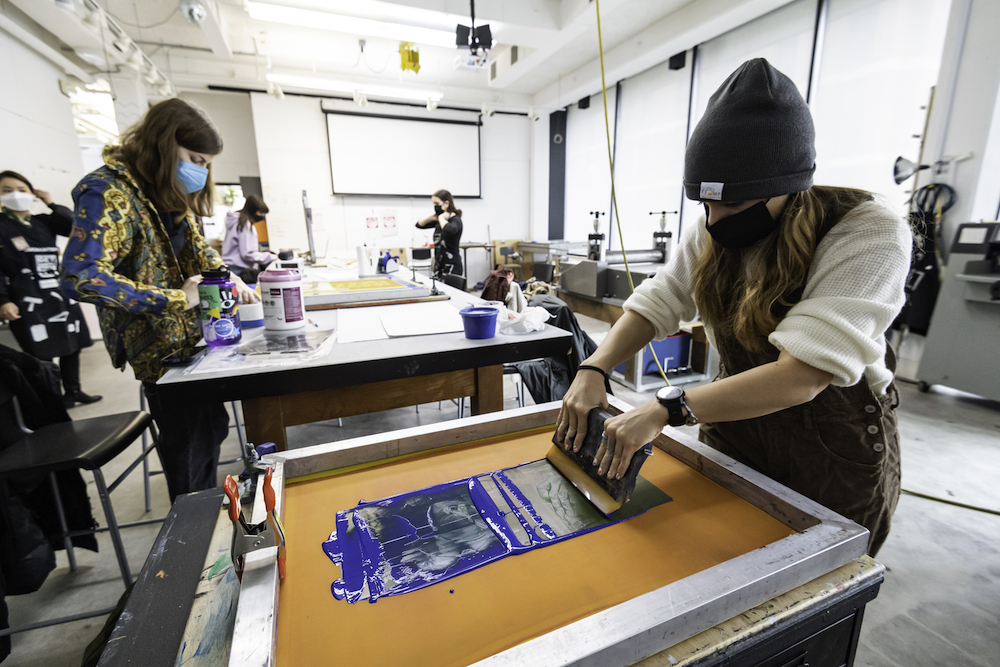
What’s next for the artist? Shin is working on finding connections through public transportation. She’s already researched flight patterns in Rochester and will be going to Italy for a two-month residency to study train transportation history.
“I always try to find the connections in our world,” she says.
Read more
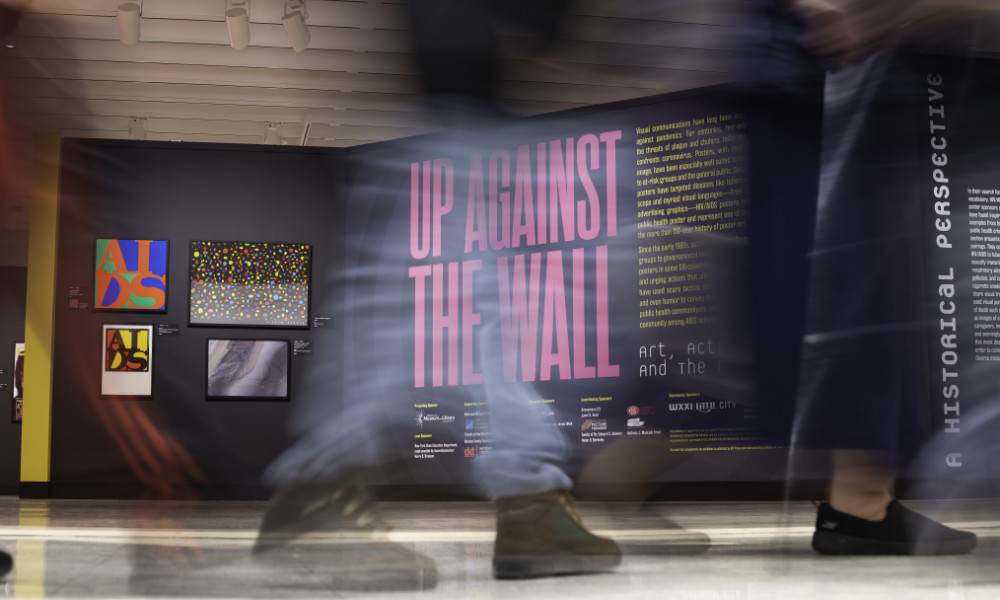 Poster exhibit documents urgency, complexity of HIV/AIDS messaging
Poster exhibit documents urgency, complexity of HIV/AIDS messaging
The first major exhibition of the University’s AIDS Education Posters highlights the role of poster art during the global epidemic
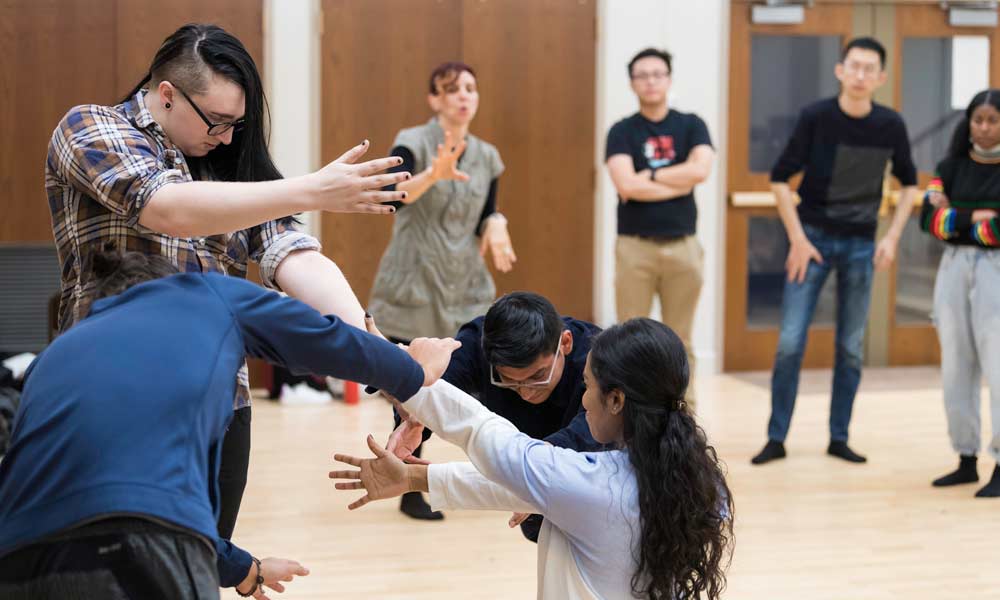 Public health joins dance to put arts into action
Public health joins dance to put arts into action
In an effort to understand how to initiate change in a community, Rochester students met up to create some new moves.
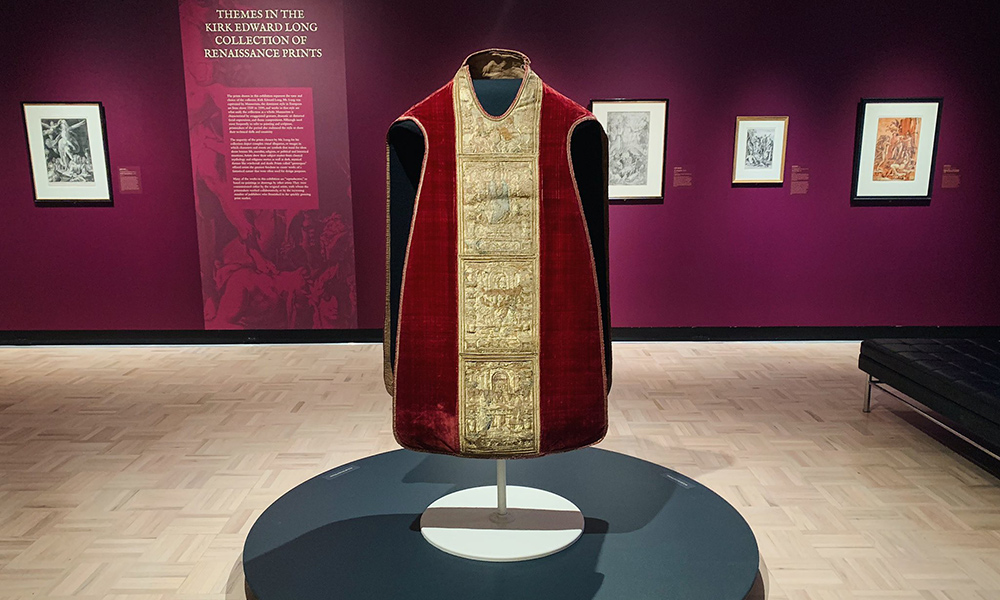 Memorial Art Gallery collections add new dimension to Renaissance Impressions
Memorial Art Gallery collections add new dimension to Renaissance Impressions
The museum’s decorative arts underscore central themes in a traveling exhibit of master prints from the Kirk Edward Long Collection.



